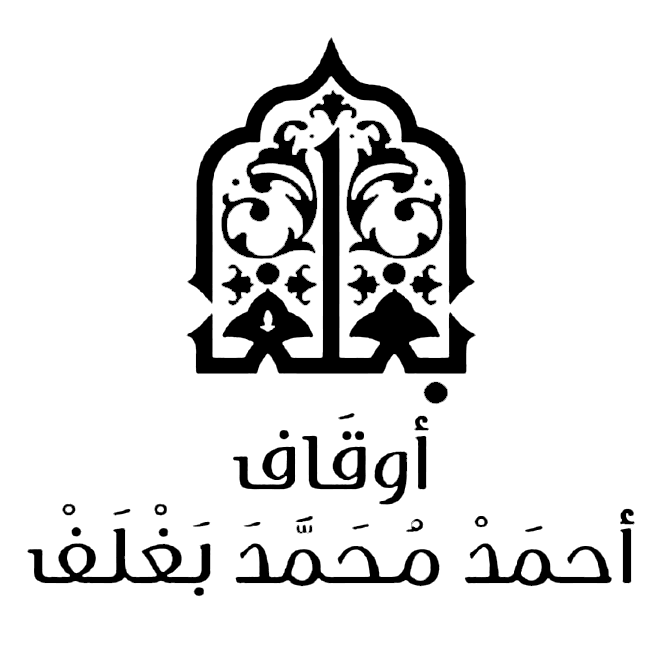Jaber narrated, "The Messenger of Allah ﷺ was ill so we prayed behind him while he was sitting and Abu Bakr was conveying his takbir to people. When he turned and saw us standing, he gestured for us to sit down so we prayed sitting behind him. After uttering salutation, he said, 'You just like did what Persians and Romans did. They used to stand before their sitting kings. Do not do it but follow your prayer leaders. If they pray standing, then pray standing and if they pray sitting, then pray sitting.'".
Commentary : The Prophet ﷺ taught us the rules and etiquette of congregational prayer, including following and listening to the prayer leader's recitation while maintaining humility and regular rows. In this hadith, Jabir ibn Abdullah related that when the Prophet ﷺ was ill, he led them in prayer while sitting. At the same time, Abu Bakr was conveying his takbir (saying, 'Allahu Akbar) to people so they could follow his moves in prayer, due to the Prophet's weak voice during illness. While praying, he noticed that they were praying standing behind him. He gestured for them to sit and they did. After finishing, he showed them that it was the Persians and Romans' habit with their kings. They used to stand before their sitting kings. His statement indicated that it was similar to the acts of the polytheists and the People of the Book. The Prophet ﷺ prohibited them from doing so and instead guided them to follow their imam's case whether they were praying standing or sitting. This hadith contains the following benefits: (1) It confirms the necessity of acting, unlike the non-Muslims' acts in all cases, (2) The Prophet ﷺ experienced what other people did such as illnesses, the issue that did not decrease his status. On the contrary, this increased his dignity and status, and (3) The imam can pray sitting when being unable to stand, and the people should follow his case and pray behind him while sitting as well..

 Hadiths
Hadiths






